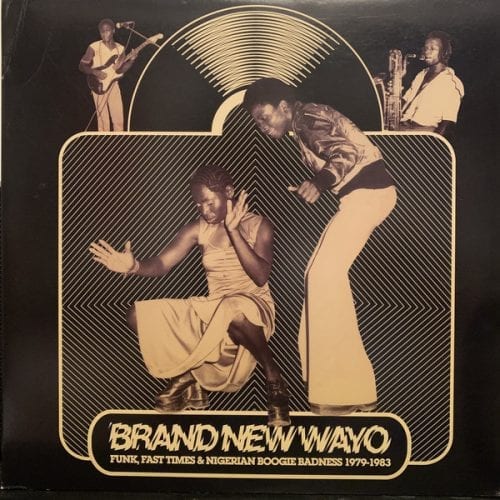Description
3LP Vinyl – BBE421CLP
1. THE APARTHEID BOYCOTT
In the 80s, the world – rightly – stepped up its boycott against South Africa’s apartheid government.
But this had unexpected and sometimes adverse consequences for South Africa’s music professionals and consumers.
Musicians still needed to work live shows both at home and abroad, and to make and sell records. The youth still aspired to clubbing and partying at the weekend after hard, poorly paid jobs under the thumb of an oppressive government. Music was their sanctuary: specifically, African- American inspired soul, jazz, boogie, disco and funk.
2. UNIQUE DIVERSITY
Producing musical excellence was nothing new for South Africa, even in the 80s: both traditional and jazz music of various genres had been performed, showcased and recorded for decades with the assistance of some of the most skilled and ingenious sound-engineers
and producers in the world, the jazz players rivalling their American peers in many cases.
But what makes Mzansi 80s popular music unique is that it had to – and, for the most part, did- appeal to a multi-ethnic, multilingual population almost like no other in the world, for its geographical size.
There may have been many tribal and political differences between Zulu, Sotho, Xhosa, Tsonga and others day-to-day, but when it came to the weekend, those differences often melted away for a while on the dancefloor. Paul Ndlovu had kwaZulu fans as well as
Shangaan followers; Black Moses and the Soul Brothers had followers and fans with everyone… and so on.
And everyone -detractors and lovers alike- were content to settle on the monicker ‘Bubblegum’ as a general description.
3. MZANSI TOOK DISCO- AND SLOWED IT DOWN A BIT…
…exactly as 90s and early 2000s South African DJs and mixers took House- and slowed it down a bit to develop Kwaito, Gqom and – later Amapiano.
The Roland TR-707 sampler came along in 1985 – at just the right time for the flowering of Mzansi disco and boogie. And in the artful hands of arrangers, engineers and producers such as Peter “Hitman’ Moticoe, whose work figures on several of the tracks here, it became
something unique to South Africa.






Reviews
There are no reviews yet.